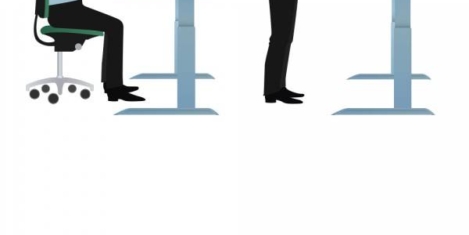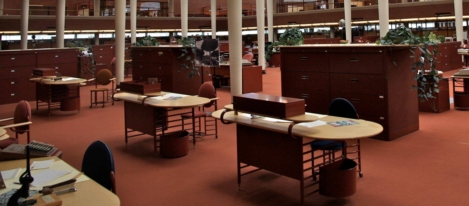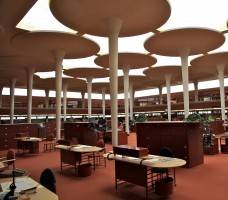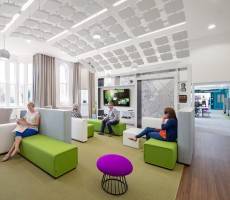June 8, 2015
Dietitians publish key findings on workplace health programmes
 We spend around 60 percent of our life at work and consume at least a third of our daily food intake, which is why the British Dietetic Association (BDA) has announced that the theme of office for its new Chairman, Dr Fiona McCullough, will be workplace health. Responding to recent policies such as the NHS Five Year Forward View and the NICE public health guidance for the workplace, which recognise that businesses benefit from investing in the wellbeing of employees, the BDA is conducting a review of published peer-reviewed evidence of workplace health studies in order to determine how best individuals and employers can optimise health at work. This review will underpin the development of a BDA Work Ready Programme, which has produced interim research that has already highlighted the key role employers can play in enhancing the wellbeing of staff.
We spend around 60 percent of our life at work and consume at least a third of our daily food intake, which is why the British Dietetic Association (BDA) has announced that the theme of office for its new Chairman, Dr Fiona McCullough, will be workplace health. Responding to recent policies such as the NHS Five Year Forward View and the NICE public health guidance for the workplace, which recognise that businesses benefit from investing in the wellbeing of employees, the BDA is conducting a review of published peer-reviewed evidence of workplace health studies in order to determine how best individuals and employers can optimise health at work. This review will underpin the development of a BDA Work Ready Programme, which has produced interim research that has already highlighted the key role employers can play in enhancing the wellbeing of staff.









 A new study published yesterday in the British Journal of Sports Medicine claims that office workers spend far too much time sitting, are suffering from a range of conditions and illnesses as a result and so should be encouraged to spend up to half of each working while standing. The report,
A new study published yesterday in the British Journal of Sports Medicine claims that office workers spend far too much time sitting, are suffering from a range of conditions and illnesses as a result and so should be encouraged to spend up to half of each working while standing. The report, 
























June 2, 2015
Five of the most noticeable ways your office has got it in for you
by Justin Miller • Comment, Furniture, Lighting, Wellbeing, Workplace design
(more…)